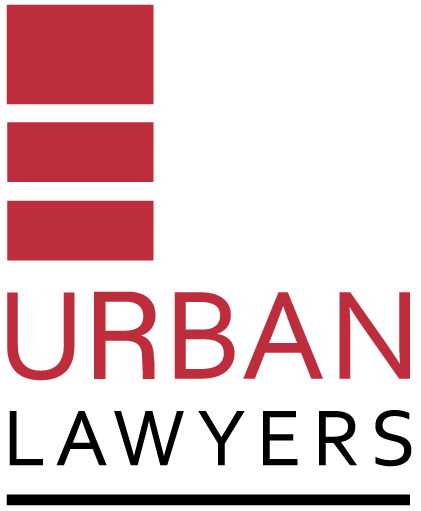Combustible Cladding Claims and Piercing the Corporate Veil
Introduction
The County Court of Victoria handed down its decision of Owners Corporation 1 Plan No PS 707553K and Ors v Shangri-La Construction Pty Ltd (ACN 130 534 244) and Anor [2023] VCC 1473 on 24 August 2023. This case is the first decision relating to a claim of the State of Victoria against a builder for costs to remove combustible cladding. The 2020 amendments to the Building Act 1993 (Vic) (‘the Act’) allow the State of Victoria to make such claims. This provides that where Cladding Safety Victoria (CSV) has paid for cladding rectification work, the State has the rights and remedies that the owner has against any person in relation to the installation of the cladding.
Background
The building was a three-storey plus basement apartment complex in Caulfield, constructed by Shangri-La. The builder’s director, Mr Neqebullah, was involved in the construction. Shangri-La has since gone under external administration, so the case was heard against Mr Neqebullah in his personal capacity as an officer, per section 137F of the Act.
Shangri-La was appointed by the developer in 2013. Originally, the design planned to use a '75mm foam board rendered'. However, in June 2014, it was agreed that the combustible RMAX Orange board be used instead. This change was proposed by Mr Neqebullah. In a fire safety engineering report, Paul Veheijdan approved the RMAX Orange board as compliant with the National Construction Code (NCC). The building surveyor also approved the fire safety engineering report as part of the relevant building permit.
Arguments
Mr Neqebullah made the following arguments:
He challenged the fairness of the retrospective application of section 137F, which would hold him liable for past actions that were lawful at the time.
While admitting to using the RMAX Orange board, he pled that he did not have knowledge of non-compliance, relying on approval from the fire engineer and the building surveyor.
Decision
The court found that Mr Neqebullah was liable and ordered him to pay the State $1,190,705. Fire engineering experts for both parties gave evidence that the report did not adequately articulate how the requirements of the NCC were met. The court held that considering the defects in the documents, the building permit should be void. The works were therefore deemed to have been carried out without a valid permit, and in contravention of the NCC.
The court determined that even if Mr Neqebullah was not aware of the cladding's non-compliance, his involvement in selecting the cladding product was sufficient to establish liability.
It was also established that section 137F was intended to be applied retrospectively, as it was publicly known at the time of section 137F’s insertion that the cladding product was non-compliant.
Legal implications
This case highlights the following important takeaways:
Approval from a fire engineer or building surveyor does not mean that a building is compliant and is not necessarily a defence against liability in court.
An officer who knew what cladding products were being used can be sued by the State for compensation, even if the product was purportedly approved under a report or permit.
It is also important to remember that the 2020 amendments extended the limitation period for bringing cladding-related compensation claims for rectification from 10 years to 15 years.
If you require legal assistance, please contact Chris Moshidis, Director and Principal Lawyer on +61 9521 7956 or chris@urbanlawyers.com.au.

